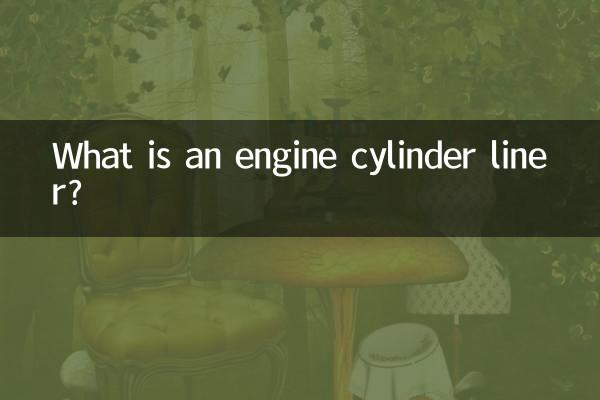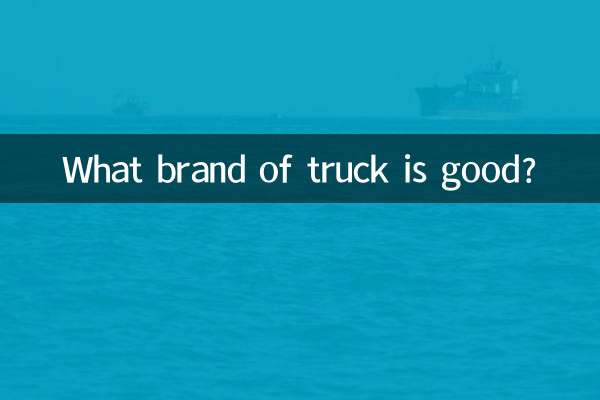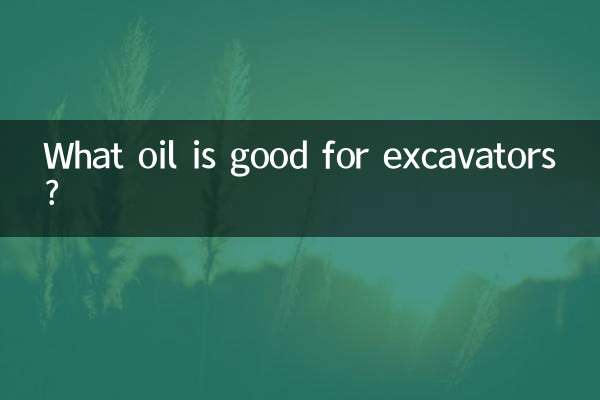What is an engine cylinder liner?
The engine cylinder liner is an important component inside the engine, also known as the cylinder liner or cylinder barrel. It is installed in the engine cylinder, works with the piston and piston rings to form a combustion chamber, and withstands the effects of high temperature, high pressure and friction. The main function of the cylinder liner is to protect the engine block from wear while ensuring smooth movement of the piston, thereby ensuring efficient engine operation.
The material of the cylinder liner is usually cast iron or alloy steel, which has high wear resistance, high temperature resistance and good thermal conductivity. Depending on the structure and installation method, cylinder liners can be divided into two types: dry cylinder liners and wet cylinder liners.

1. Type of cylinder liner
| Type | Features | Applicable scenarios |
|---|---|---|
| Dry cylinder liner | No direct contact with coolant, thin wall, high installation accuracy | Light vehicles, high performance engines |
| Wet cylinder liner | Direct contact with coolant, good heat dissipation performance, easy to replace | Heavy trucks, construction machinery |
2. Function of cylinder liner
1.Protect cylinder: The cylinder liner serves as a guide rail for piston movement, reducing direct wear on the cylinder block and extending engine life.
2.sealed combustion chamber: Cooperates with piston rings to ensure the air tightness of the combustion chamber and prevent gas leakage.
3.Heat dissipation: The heat generated by combustion is transferred to the coolant through the cylinder liner to maintain the normal operating temperature of the engine.
4.reduce friction: The inner wall of the cylinder liner is usually precision machined or coated to reduce the frictional resistance of the piston movement.
3. Common problems and solutions of cylinder liners
| question | Reason | solution |
|---|---|---|
| wear and tear | Long-term friction between piston ring and cylinder liner | Replace cylinder liner or piston rings |
| Pull cylinder | Poor lubrication or overheating | Check the lubrication system and repair or replace the cylinder liner |
| Corrosion | Coolant quality issues or chemical corrosion | Replace coolant and repair cylinder liner |
4. Maintenance and maintenance of cylinder liner
1.Regular inspection: During engine maintenance, the wear of the cylinder liner should be checked, especially for high-mileage vehicles.
2.keep lubricated: Ensure adequate engine oil quality and quantity, and reduce friction between cylinder liner and piston ring.
3.Cooling system maintenance: Change the coolant regularly to avoid damage to the cylinder liner due to overheating or corrosion.
4.Correct driving habits: Avoid long-term high-load operation and reduce the risk of engine overheating.
5. Replacement and installation of cylinder liner
Cylinder liner replacement usually requires professional tools and techniques. Here are the basic steps:
| steps | Operation content |
|---|---|
| Remove old cylinder liner | Use special tools to remove the old cylinder liner from the cylinder block |
| Clean cylinder | Remove carbon deposits and residues from the cylinder |
| Install new cylinder liner | Press the new cylinder liner into the cylinder block and make sure it is installed in place |
| Check the fit clearance | Measure the clearance between the piston and the cylinder liner to ensure compliance with standards |
6. Development Trend of Cylinder Liner Technology
As engine technology advances, cylinder liner designs and materials are also constantly innovating. The following are the main development directions of current cylinder liner technology:
1.Lightweight: Use high-strength aluminum alloy or composite materials to reduce engine weight.
2.coating technology: Spray wear-resistant coating on the inner wall of the cylinder liner to further improve durability.
3.Integrated design: Integrated design of cylinder liner and cylinder body to improve heat dissipation efficiency and structural strength.
4.Environmentally friendly materials: Develop low-friction, low-emission cylinder liner materials to meet environmental protection requirements.
As one of the core components of the engine, the performance of the cylinder liner directly affects the efficiency and life of the engine. Understanding the basic knowledge of cylinder liners can help car owners and maintenance personnel better maintain the engine and extend its service life.

check the details

check the details